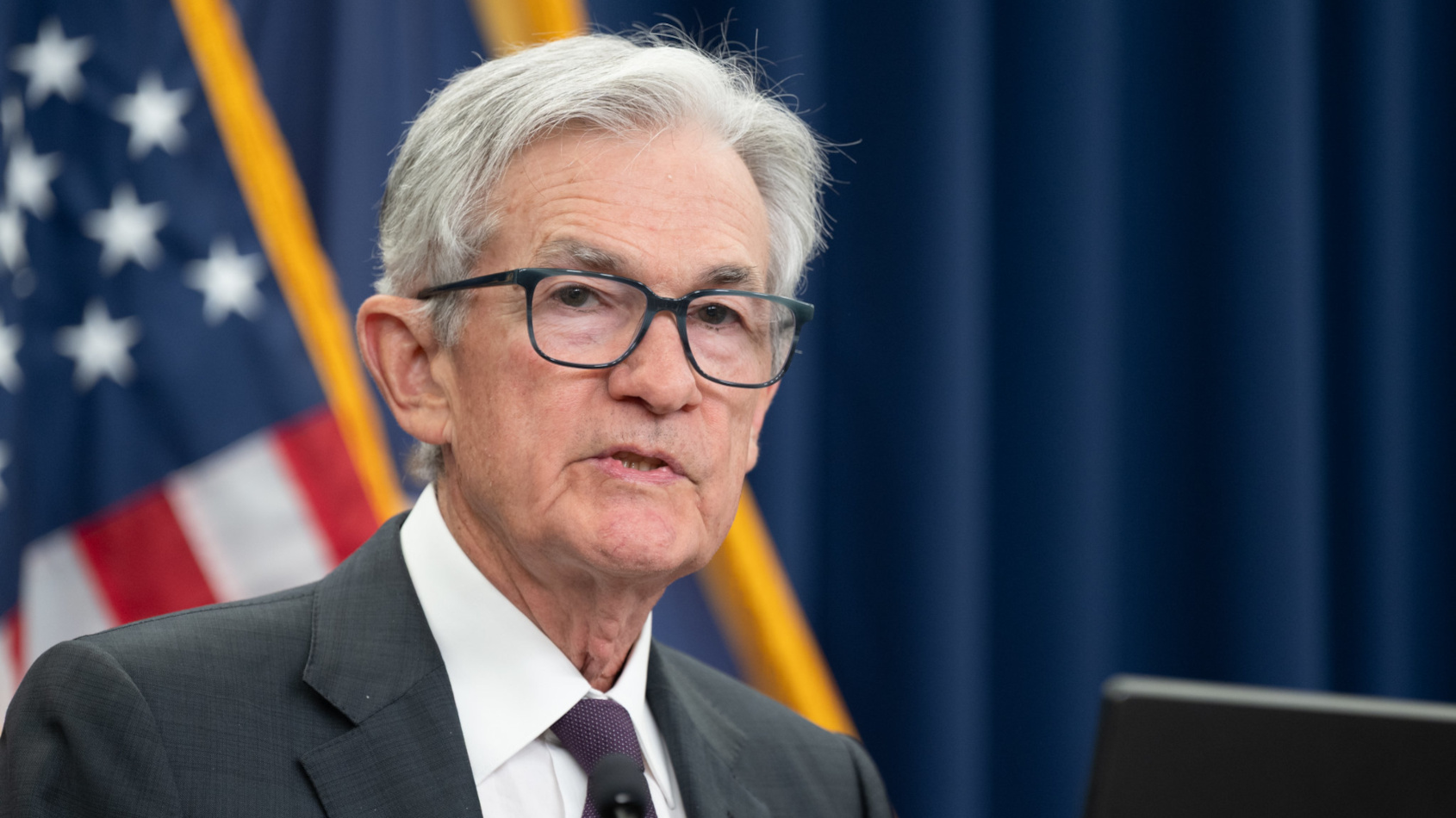Dissension arises as Fed keeps rates unchanged again

Federal Reserve chair Jerome Powell answers questions on Wednesday in Washington, D.C. Image courtesy of the Fed.
By subscribing, you agree to receive communications from Auto Remarketing and our partners in accordance with our Privacy Policy. We may share your information with select partners and sponsors who may contact you about their products and services. You may unsubscribe at any time.
Committees not coming to a unanimous decision is common. But what happened at the Federal Reserve on Wednesday involving the decision by the Federal Open Market Committee to leave the federal funds rate unchanged hasn’t unfolded in three decades, according to the American Financial Services Association.
Fed governors Michelle Bowman and Christopher Waller — the latter making the argument during a public appearance earlier this month pushing for a rate cut — went against the other nine FOMC members who voted to maintain the target range for the federal funds rate at 4.25% to 4.5% percent. Absent and not voting was Adriana Kugler, who also acknowledged during a May public appearance that the U.S. economy wasn’t clicking on all cylinders.
“Fed governors Bowman and Waller were both previously on the record as favoring a faster pace of rate cuts than Fed chair (Jerome) Powell and a majority of the committee has so far agreed to,” AFSA wrote in a blog post following the Fed’s announcement.
“It was the first time in more than 30 years that two governors, as distinct from the regional Fed bank presidents who cycle through the committee, bucked the majority,” AFSA added.
Cox Automotive chief economist Jonathan Smoke pointed out that the FOMC has now left interest rates unchanged following five consecutive opportunities to make an adjustment. Smoke also picked up on dissension, writing in his blog post, “that alone suggests that if data continues trending the way it has, the Fed will cut before the year is over.”
In his comments on Wednesday, Powell reiterated many of the assertions he often cites following a decision by policymakers. He repeated that the FOMC seeks to achieve maximum employment and inflation at the rate of 2% over the longer run.
Subscribe to Auto Remarketing to stay informed and stay ahead.
By subscribing, you agree to receive communications from Auto Remarketing and our partners in accordance with our Privacy Policy. We may share your information with select partners and sponsors who may contact you about their products and services. You may unsubscribe at any time.
“We believe that the current stance of monetary policy leaves us well positioned to respond in a timely way to potential economic developments,” Powell said.
“Changes to government policies continue to evolve, and their effects on the economy remain uncertain,” he continued. “Higher tariffs have begun to show through more clearly to prices of some goods, but their overall effects on economic activity and inflation remain to be seen. A reasonable base case is that the effects on inflation could be short-lived — reflecting a one-time shift in the price level. But it is also possible that the inflationary effects could instead be more persistent, and that is a risk to be assessed and managed.
“Our obligation is to keep longer-term inflation expectations well anchored and to prevent a one-time increase in the price level from becoming an ongoing inflation problem,” Powell went on to say. “For the time being, we are well positioned to learn more about the likely course of the economy and the evolving balance of risks before adjusting our policy stance. We see our current policy stance as appropriate to guard against inflation risks. We are also attentive to risks on the employment side of our mandate.
“In coming months, we will receive a good amount of data that will help inform our assessment of the balance of risks and the appropriate setting of the federal funds rate,” he added.
No matter what the Fed does or does not do, Smoke emphasized that an individual’s credit standing is the most important part of getting favorable auto financing.
“The maximum amount the Fed is likely to cut in the future is less than 2 percentage points. Instead of waiting for that to happen, consumers can secure even lower auto loan rates by improving their credit tier by one level, or approximately 100 points,” Smoke wrote.
“There is an adage that ‘all politics are local.’ In the case of auto loans, this may also be true: For a car buyer, a good credit score matters far more than any Fed decision,” he continued.
“As noted, 0% financing rates are returning, but only for buyers with stellar credit. Indeed, rates are local, and buyers can benefit more by focusing on their own household finances and less on Jerome Powell and his FOMC,” Smoke went on to say.
The next FOMC announcement comes on Sept. 17.


